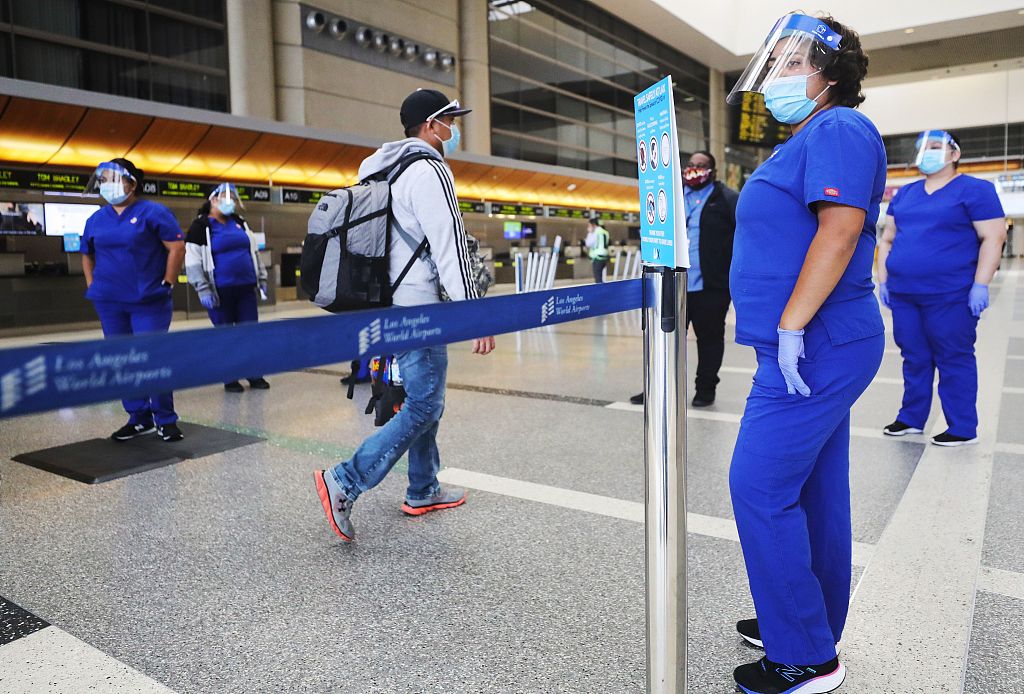
The WHO acknowledged this week that the novel coronavirus can spread through tiny droplets floating in the air. /CFP
The WHO acknowledged this week that the novel coronavirus can spread through tiny droplets floating in the air. /CFP
The coronavirus pandemic has exposed a clash among medical experts over disease transmission that stretches back nearly a century to the very origins of germ theory.
The Geneva-based World Health Organization (WHO) acknowledged this week that the novel coronavirus can spread through tiny droplets floating in the air, saying they will issue new guidelines about transmission in settings with close contact and poor ventilation.
The move came after more than 200 experts in aerosol science urged the medical community and public-health authorities to acknowledge the potential for airborne transmission.
Read more: Scientists urge WHO to acknowledge virus can spread in air
Yet the WHO still insists on more definitive proof.
Previous stance on transmission
The WHO has long maintained that COVID-19 is spread via larger respiratory droplets, most often when people cough or sneeze.
It has dismissed the possibility of airborne transmission, except for certain high-risk medical procedures, like when patients are first put on breathing machines.
"It's part of the culture of medicine from the early 20th century. To accept something was airborne requires this very high level of proof," said Dr. Donald Milton, a University of Maryland aerobiologist and a lead author of the open letter.

Passengers are required to take temperature check at airport, Los Angeles International Airport, U.S., June 24, 2020. /CFP
Passengers are required to take temperature check at airport, Los Angeles International Airport, U.S., June 24, 2020. /CFP
Such proof could involve studies in which laboratory animals become sickened by exposure to the virus in the air, or studies showing viable virus particles in air samples – a level of proof not required for other modes of transmission such as contact with contaminated surfaces, the letter's signatories said.
For the WHO, such proof is necessary as it advises countries of every income and resource level to take more drastic measures against a pandemic that has killed more than 550,000 people globally, with more than 12 million confirmed infections.
What does airborne transmission mean?
If the virus is proved to be airborne, like tuberculosis bacteria, it means it can be transmitted through the air and survive for up to two hours, study shows.
The virus can be expelled when infected people cough, sneeze, or even exhale, talk and sing.
Hospitals then would have to provide more healthcare personnel with heavy-duty N95 respiratory masks.
Businesses and schools would need to make improvements to ventilation systems and require wearing masks indoors at all times.
"It would affect our entire way of life. And that's why it's a very important question," said Dr. John Conly, a University of Calgary infectious disease expert who is part of the WHO's group of experts advising on coronavirus guidelines.
He noted so far that studies have not shown viable virus particles floating in the air.
(With input from Reuters)